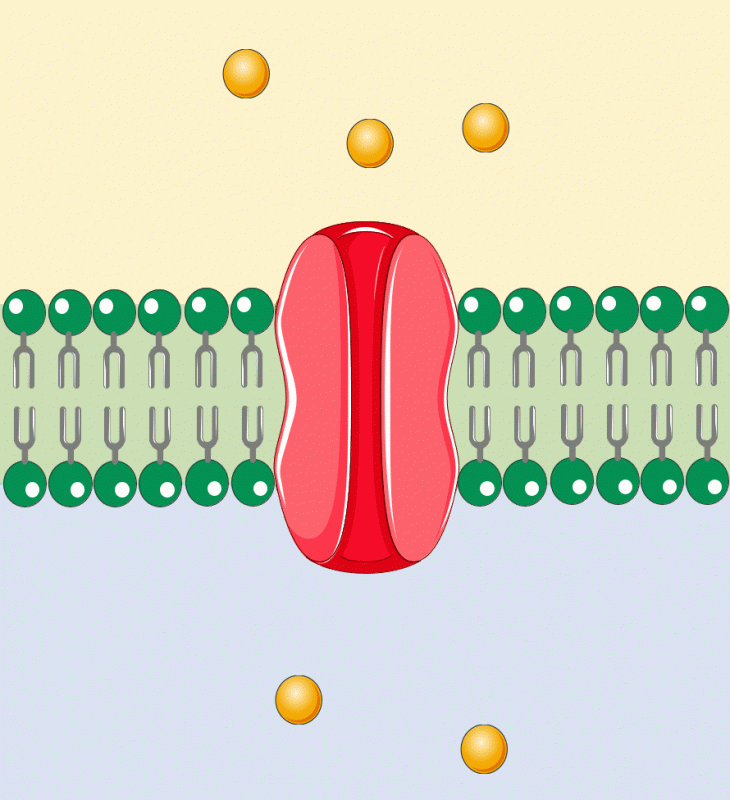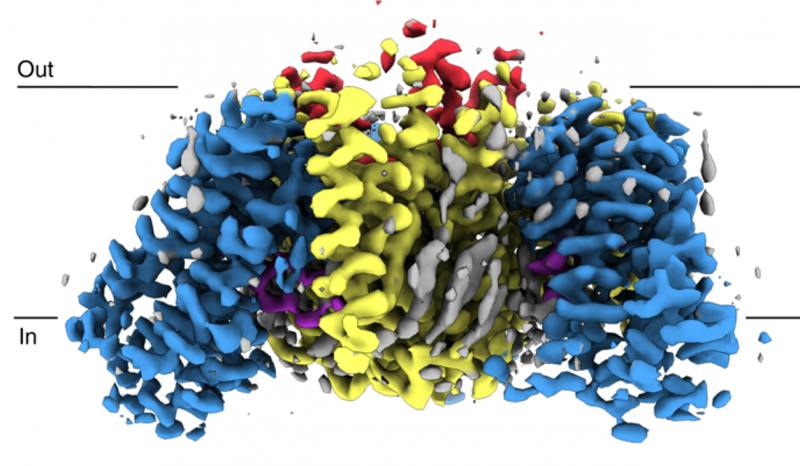By Sophie Arthur
December 18, 2020
Time to read: 4 minutes
For our festive campaign this year we are sharing our 12 Molecules of Christmas. In our countdown to Christmas, we are sharing a different molecule each day that our researchers are studying or use routinely in their work. Today is day 7, and the group of molecules we want to share with today are…. membrane transporters. You can see the other 11 molecules as part of the campaign over on our Instagram page.

Cell membranes act as a barrier to the majority of molecules. As a result, the movement of molecules into and out of cells is controlled by membrane transport proteins. These proteins are regarded as molecular gatekeepers. They play a key role in maintaining the health of cells through the regulation of nutrient uptake, ion balance and the export of waste products. Alterations in the function of membrane transporters or their expression can have significant effects on our metabolism that are associated with several disorders, including cancer and a group of genetic diseases known as inborn errors of metabolism. Therefore, characterising the important roles of these proteins in health and disease is of substantial interest in current research.
Two major families of membrane transporters include the so-called ATP-binding cassette (ABC) transporters and solute carrier (SLC) transporters. In humans, there are 48 ABC transporters and around 400 SLC transporters that have been identified to date, making SLC transporters the second largest membrane protein family. The ABC transporters act as pumps to transport substrates out of cells. This process uses energy directly from adenosine triphosphate (ATP), whereas SLC transporters are either energy-independent, or utilise energy in the form of ion gradients to transport substrates across membranes.

In addition to the physiological roles played by transporters, a number of pharmacological compounds have been shown to “hijack” membrane transporters in order to enter and leave cells. Consequently, membrane transporters can heavily influence how drugs are distributed throughout the body. For instance, ABC transporters have been extensively studied for their roles in drug resistance across a wide range of living organisms from bacteria and helminths to human cells. Specifically, multi-drug resistance, which is frequently observed in the treatment of some diseases including cancer, is often driven by ABC transporters that actively pump chemotherapeutic agents out of cells. Also, several SLC transporter families facilitate the transport of drugs into cells, such as the chemotherapeutic drug, gemcitabine, via the transporter SLC29A1. Notably, expression of SLC29A1 correlates with sensitivity of pancreatic cancer cells to gemcitabine treatment, emphasising the clinical importance of membrane transporters in drug response1–3.
Despite the influential role of membrane transporters on therapeutic response, relatively few drug-transporter pairs have been fully characterised, highlighting a need for further understanding in this area of research. Members of the Drug Transport and Tumour Metabolism group at the LMS are working to uncover the role of membrane transporters in drug uptake to help predict clinical response to therapies.
Thanks to Emily Barnes from the Drug Transport and Tumour Metabolism group for today’s molecule.
References